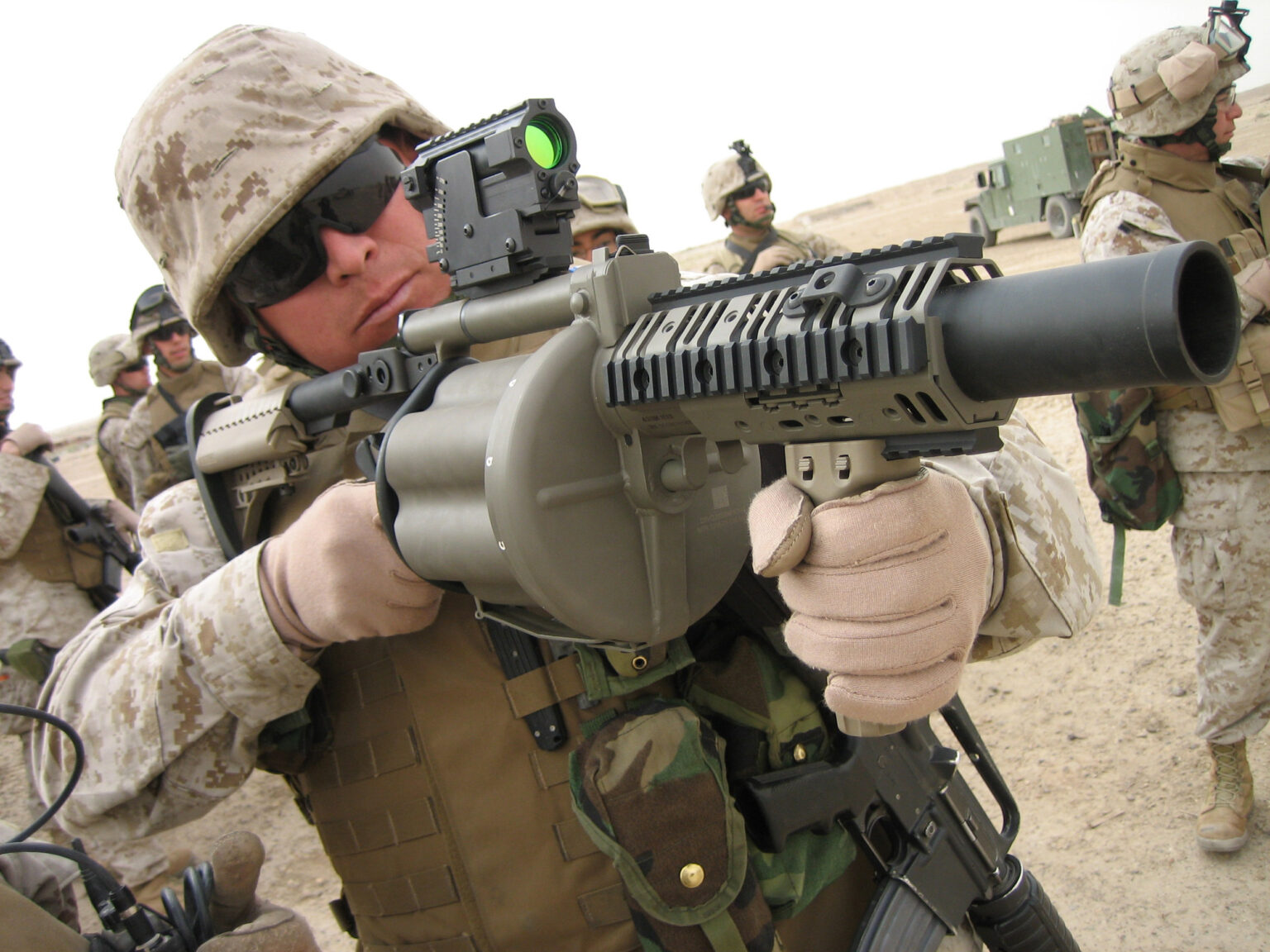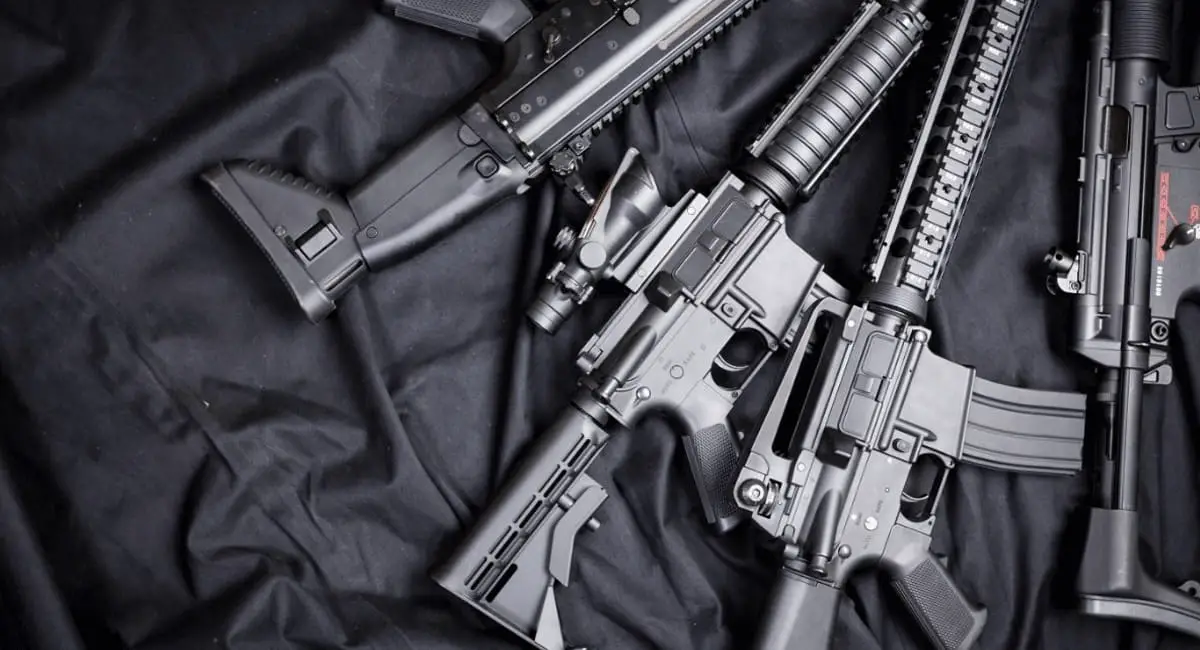Weapons class 4 represents a critical category in the world of firearms and defense systems. It encompasses a variety of specialized weapons that are often restricted or regulated due to their power and potential impact on public safety. Understanding what constitutes weapons class 4 is essential for enthusiasts, professionals in the defense sector, and policymakers alike. In this article, we will delve into the intricacies of weapons class 4, covering everything from their classification to their legal implications.
For many, the term "weapons class 4" might evoke images of powerful firearms and advanced military equipment. However, the reality is far more nuanced. These weapons are not just tools of defense but are also subject to stringent regulations that dictate their use, ownership, and distribution. As we explore this topic further, you will gain a deeper understanding of why these weapons are classified as they are and the reasons behind the regulatory frameworks surrounding them.
This article aims to provide an in-depth analysis of weapons class 4, ensuring that readers leave with a comprehensive understanding of the subject. Whether you are a firearms enthusiast, a researcher, or simply someone curious about the world of defense systems, this guide will equip you with the knowledge you need to navigate this complex field.
Read also:Wallie The Sensei Age The Phenomenon And His Impact On Martial Arts
Table of Contents
- What is Weapons Class 4?
- Classification of Weapons
- Legal Considerations for Weapons Class 4
- Examples of Weapons Class 4
- History and Evolution of Weapons Class 4
- Regulatory Frameworks for Class 4 Weapons
- Uses and Applications of Class 4 Weapons
- Controversies and Debates Surrounding Class 4 Weapons
- Safety and Training for Handling Class 4 Weapons
- The Future of Weapons Class 4
What is Weapons Class 4?
Weapons class 4 refers to a specific category of firearms and defense systems that are typically restricted or regulated due to their advanced capabilities and potential for significant harm. These weapons are often associated with military-grade equipment and are not readily available to the general public. The classification of weapons into different categories is a global practice aimed at ensuring public safety and maintaining control over the distribution of firearms.
In the United States, for example, weapons class 4 is often associated with the National Firearms Act (NFA) and includes items such as fully automatic firearms, short-barreled rifles, and certain types of suppressors. The classification system varies from country to country, but the underlying principle remains the same: to regulate access to powerful weapons that could pose a threat if misused.
Key Characteristics of Weapons Class 4
- Highly specialized and advanced technology
- Restricted or regulated for public use
- Often used by military and law enforcement
- Subject to strict legal and regulatory frameworks
Classification of Weapons
The classification of weapons is a systematic process that groups firearms and defense systems based on their characteristics, capabilities, and intended use. This classification system is crucial for regulatory purposes and helps ensure that appropriate controls are in place for each category of weapons.
Types of Weapon Classifications
- Class 1: Basic firearms such as handguns and rifles
- Class 2: Modified firearms like silencers and sound suppressors
- Class 3: Fully automatic firearms and machine guns
- Class 4: Advanced military-grade weapons and specialized equipment
Each classification has its own set of rules and regulations, with class 4 weapons being the most tightly controlled due to their potential for significant impact on public safety.
Legal Considerations for Weapons Class 4
The legal framework surrounding weapons class 4 is complex and varies significantly from one jurisdiction to another. In many countries, these weapons are subject to strict regulations that dictate who can own them, how they can be used, and under what circumstances they can be legally transferred.
In the United States, for instance, the possession of class 4 weapons requires a special license and is subject to extensive background checks. The Bureau of Alcohol, Tobacco, Firearms and Explosives (ATF) oversees the regulation of these weapons, ensuring compliance with federal laws.
Read also:Yes King Original The Ultimate Guide To The Iconic Brand
Key Legal Requirements
- Special licensing and permits
- Background checks and security clearances
- Strict documentation and record-keeping
- Regular inspections and audits
Examples of Weapons Class 4
Weapons class 4 encompasses a wide range of specialized firearms and defense systems. Some of the most notable examples include:
- Fully automatic machine guns
- Short-barreled shotguns
- Grenade launchers
- High-capacity ammunition magazines
These weapons are often used by military and law enforcement agencies due to their advanced capabilities and effectiveness in combat situations. However, their use is heavily regulated to prevent misuse and ensure public safety.
History and Evolution of Weapons Class 4
The history of weapons class 4 is deeply intertwined with advancements in military technology and the evolution of warfare. Over the years, the development of more powerful and sophisticated weapons has necessitated the creation of regulatory frameworks to manage their use and distribution.
During World War II, for example, the widespread use of fully automatic firearms led to the introduction of stricter regulations in many countries. The post-war era saw further advancements in weapons technology, prompting governments to update their regulatory frameworks to address emerging threats.
Milestones in the Evolution of Class 4 Weapons
- Development of fully automatic firearms in the early 20th century
- Introduction of the National Firearms Act (NFA) in the United States
- Advancements in military technology during the Cold War
- Modernization of regulatory frameworks in response to new threats
Regulatory Frameworks for Class 4 Weapons
Regulatory frameworks for class 4 weapons are designed to balance the need for advanced defense systems with the responsibility to ensure public safety. These frameworks typically involve a combination of legal requirements, licensing procedures, and enforcement mechanisms.
In addition to federal regulations, many countries also have state or regional laws that further restrict the use and ownership of class 4 weapons. These laws are often tailored to address specific concerns and challenges faced by local communities.
Components of Regulatory Frameworks
- Licensing and permitting processes
- Background checks and security clearances
- Regular inspections and audits
- Penalties for non-compliance
Uses and Applications of Class 4 Weapons
Class 4 weapons are primarily used by military and law enforcement agencies for a variety of purposes, including:
- Combat operations
- Counter-terrorism efforts
- Specialized training exercises
- Border security and defense
While these weapons are not typically available to the general public, they play a critical role in ensuring national security and protecting citizens from external threats.
Controversies and Debates Surrounding Class 4 Weapons
The use and regulation of class 4 weapons have been the subject of intense debate and controversy. Critics argue that these weapons pose a significant threat to public safety and should be more tightly controlled, while proponents contend that they are essential for national security and defense.
Recent incidents involving the misuse of firearms have reignited the debate over the regulation of class 4 weapons, prompting calls for stricter laws and increased oversight. As technology continues to evolve, the need for effective regulatory frameworks becomes even more critical.
Safety and Training for Handling Class 4 Weapons
Handling class 4 weapons requires specialized training and a thorough understanding of safety protocols. Individuals who are authorized to use these weapons must undergo rigorous training programs that cover everything from basic operation to advanced tactical maneuvers.
Training programs for class 4 weapons typically include:
- Weapon handling and maintenance
- Tactical training and simulations
- Emergency response procedures
- Regular refresher courses
The Future of Weapons Class 4
As technology continues to advance, the future of class 4 weapons is likely to be shaped by innovations in materials, design, and functionality. The development of smart weapons, autonomous systems, and other cutting-edge technologies will undoubtedly influence the way these weapons are used and regulated in the years to come.
However, the increasing sophistication of these weapons also raises important questions about their impact on society and the need for effective regulatory frameworks. As we look to the future, it is essential that we strike a balance between innovation and responsibility to ensure that these powerful tools are used for the greater good.
Kesimpulan
In conclusion, weapons class 4 represents a critical category in the world of firearms and defense systems. Understanding their classification, legal implications, and potential applications is essential for anyone involved in the field of defense and security. As we have explored in this article, these weapons play a vital role in ensuring national security but must be managed responsibly to protect public safety.
We invite you to share your thoughts and questions in the comments section below. Additionally, feel free to explore other articles on our site for more insights into the world of firearms and defense systems. Together, we can continue to learn and grow in our understanding of this important topic.
References:
- Bureau of Alcohol, Tobacco, Firearms and Explosives (ATF)
- National Firearms Act (NFA)
- International Association of Chiefs of Police (IACP)
- United Nations Office for Disarmament Affairs


